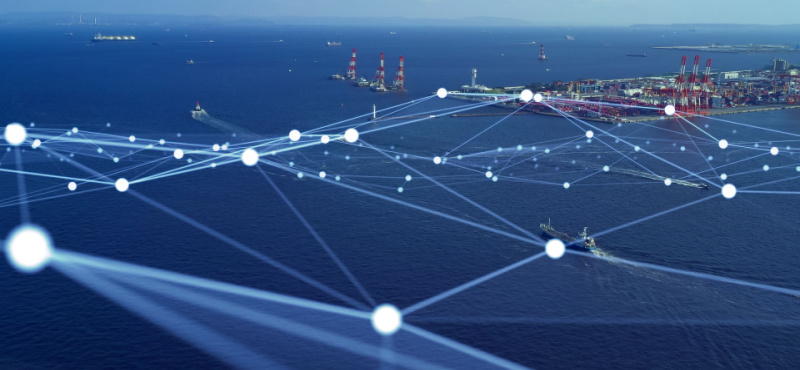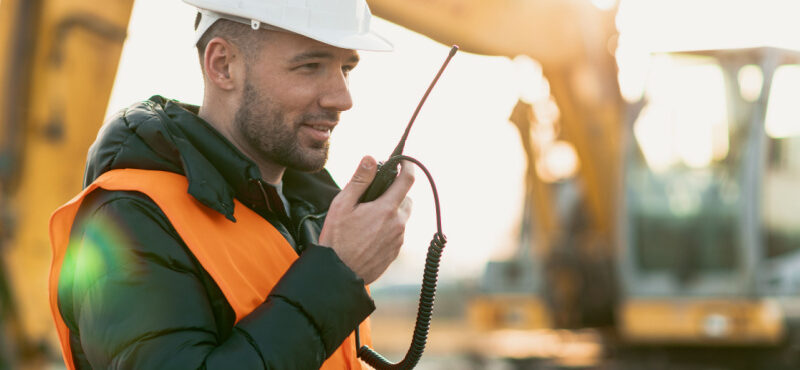In the world of maritime adventures, reliable communication at sea is not just a convenience; it’s a necessity. Highland Wireless, a trusted expert in radio and wireless communication solutions, is well aware of the unique challenges that boaters face when it comes to staying connected while navigating the waters. In this blog post, we will delve into the challenges of maritime communications and explore the solutions that exist to ensure uninterrupted communication for boaters.
Challenges of Maritime Communications:
Vast Coverage Areas: One of the most significant challenges of maritime communications is dealing with vast coverage areas. The open sea presents expansive spaces where traditional communication methods, such as cell phones, often struggle to provide reliable coverage. Boaters can find themselves in remote areas with limited or no signal, making it difficult to stay in touch with others or access vital information.
Signal Interference: Water can interfere with radio signals, causing signal weakness and reducing the effective range of communication devices. This interference is particularly pronounced in saltwater environments, which is the primary setting for most boating activities.
Weather Conditions: Adverse weather conditions, including heavy rain, storms, fog, and high winds, can further disrupt communication signals. During these challenging weather events, maintaining a stable line of communication becomes critical for safety and coordination.
Safety and Emergency Communication: In emergency situations, swift and reliable communication can be a matter of life and death. Delays or communication failures can lead to dire consequences in cases of accidents, medical emergencies, or distress situations.
Solutions for Uninterrupted Marine Communications:
Here are some key solutions to ensure uninterrupted communications when navigating at sea:
Marine VHF Radios: VHF (Very High Frequency) radios are a cornerstone of maritime communication. They offer reliable communication over short to medium distances and are well-suited for ship-to-ship and ship-to-shore communication. Highland Wireless offers a range of high-quality marine VHF radios designed specifically for maritime use.
Digital Selective Calling (DSC): DSC is an essential feature integrated into modern marine VHF radios. It allows for automated distress alerts, significantly increasing the speed and accuracy of emergency response.
Satellite Communication: For boaters who venture into remote or offshore areas, satellite communication systems provide global coverage.
Marine Antenna Systems: Upgrading your boat with the right marine antenna system can significantly improve signal strength and range.
Navigation and Communication Integration: There are solutions that integrate communication systems with navigation equipment, providing a unified and user-friendly experience for boaters. This integration ensures that boaters have access to critical information while on the water.
Find a Reliable Communications Consultant
Staying connected at sea isn’t merely a matter of convenience; it’s a fundamental aspect of safety and efficiency for boaters. Highland Wireless understands the challenges of maritime communications and offers a comprehensive range of solutions to ensure uninterrupted communication for boaters, sailors, and marine businesses.
With their expertise and commitment to quality communication equipment, you can navigate the open waters with confidence, knowing that help and support are just a call away. To explore the full range of communication solutions tailored to your boating needs, visit Highland Wireless.
In the dynamic world of maritime communication, trust Highland Wireless to keep you connected and safe on all your aquatic adventures.





